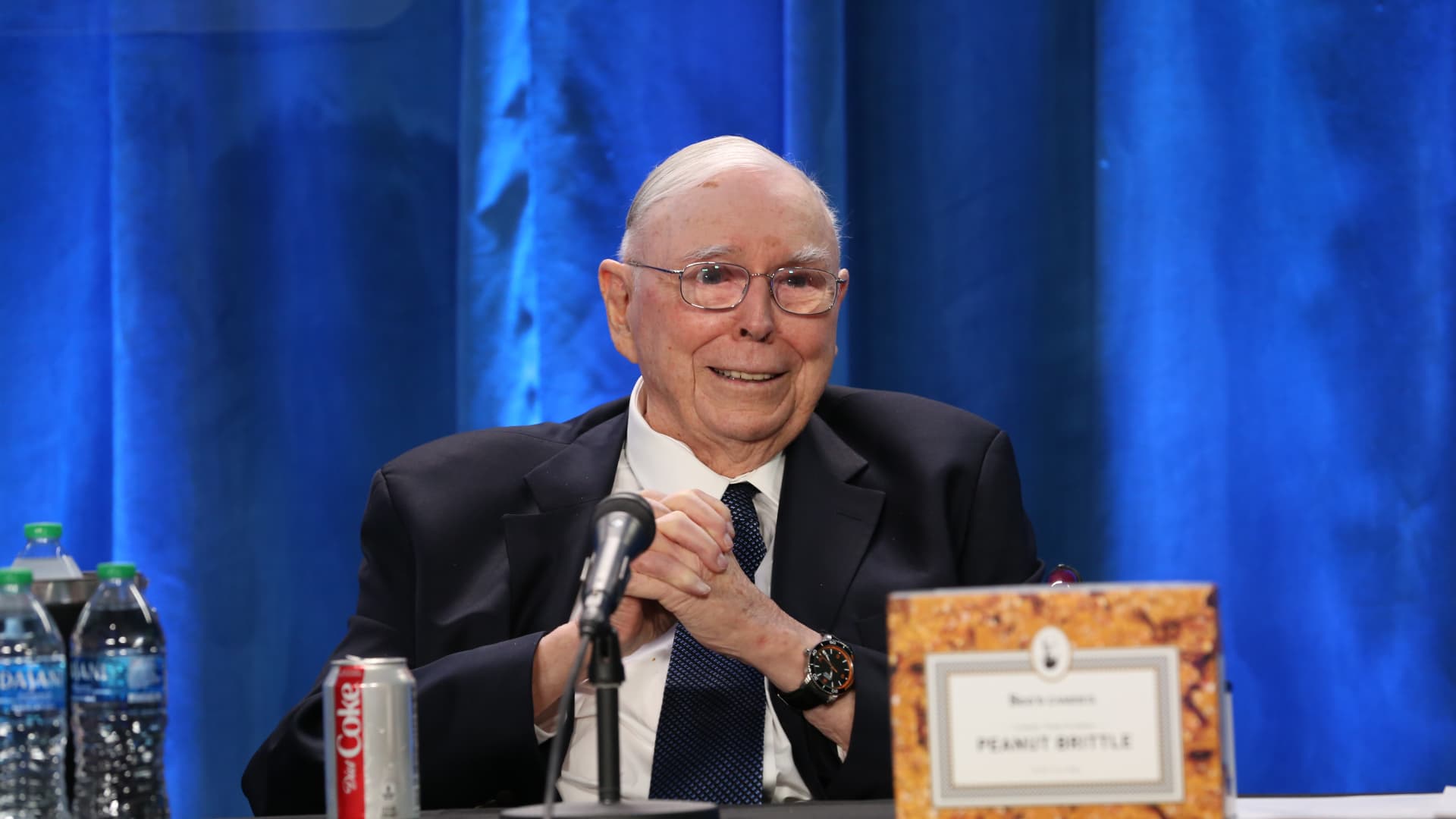Financial Markets for Investors
There are a wide variety of markets in which one can invest money. The main markets are stocks (equities), bonds, forex (currency), physical assets, and derivatives.
Furthermore, within each of these types of markets, there can be even more specialty markets.
Key Takeaways
- The stock market allows investors to buy and sell shares of ownership in publicly traded companies.
- Governments, companies, and financial intermediaries use the debt market to issue debt instruments (including bonds) to raise capital.
- In the forex market, investors speculate on changes in the exchange rates between currencies.
- Physical asset investments are the purchase of assets such as metals, jewelry, real estate, and cattle.
- Derivatives are securities that derive their value from an underlying asset (stocks, interest rates, currencies, or physical assets).
Stocks
The market that is most familiar to the average investor is the stock market. This market allows investors to buy and sell shares of ownership in publicly traded companies.
Money is made in this market in two main ways. The first is through capital gains, in which the value of each share increases in value. The second is through dividends, in which companies pass on income to investors.
Bonds
The debt market is used by governments, companies, and financial intermediaries to issue debt instruments to raise capital. The debt issuers then make regular payments to debt holders in the form of coupon payments and, once the debt matures, pay back the principal on the debt.
The most common types of financial instruments issued in this market are:
- Bonds
- Bills such as Treasury bills (T-bills)
- Notes
- Certificates of deposit (CDs)
There are also more exotic types of debt, including mortgage-backed securities (MBS) and collateralized debt obligations (CDOs).
Foreign Exchange (Forex)
The forex market allows investors to speculate on changes in the exchange rates between currencies. Investors will purchase one currency by selling another in the hope that the currency they purchased goes up in value compared to the one they sold.
In this market, because the moves between currencies are generally small and investments are shorter-term, a lot of leverage is used. Some forex brokers allow leverage as high as 500:1, which means that you can control $500 for every $1 you invest.
Physical Assets
Investment in physical assets is essentially the purchase of assets such as metals, jewelry, real estate, cattle, and much more. In this market, investors hope that the price for which they can sell an asset is more than what they paid for it.
The risks and costs associated with this type of investment will differ with each type of physical asset. For example, there can be holding fees on gold, and if you own cattle, the cost of caring for them is considerable.
Derivatives
The last major type of investment is an expansion of all of the above types of markets. Derivatives are securities that derive their value from an underlying asset such as a stock, interest rate, currency, or physical asset.
Investors in these types of securities can go long or short on the underlying asset and can purchase either the right or obligation to purchase or sell it. As the value of the underlying asset changes, the value of the derivative changes as well.
The major types of derivatives are options, futures, or forwards.
What Are Some Values for Each Investment Option?
The market capitalization of U.S. stocks is expected to reach almost $55 billion in 2025. The United States issued $385.1 billion in long-term municipal bonds alone in 2023, the most recent data available. The foreign exchange (forex) market will be worth an estimated $838.54 billion in 2025. Total investment in physical assets is not available as a figure, but one report estimated global investment in real assets like infrastructure, natural resources, and real estate at around 25% of total investment portfolios in 2024. The global total value of derivatives outstanding was estimated at $729.8 trillion on June 30, 2024, the most recent data available.
What Are Some Safe Investments Among Each Investment Option?
Low-risk investments among stocks, bonds, forex, physical assets, and derivatives include preferred stock, CDs, Treasury securities (T-bills, T-notes, and Treasury Inflation-Protected Securities or TIPS), AAA investment-grade bonds, bond funds, and municipal bonds.
Which Investment Usually Has the Highest Returns: Stocks, Bonds, Forex, Physical Assets, or Derivatives?
The U.S. stock market is considered the source of the greatest returns for investors. It has outperformed all other types of investments over the past century. However, it’s important to note that those high returns depend on a long investment time horizon, as shorter investment periods carry greater risk due to the higher volatility of stock prices.
The Bottom Line
When choosing whether to invest in stocks, bonds, forex, physical assets, or derivatives, or some combination of them, the most important factor is your risk tolerance. As noted above, stocks generally carry the highest returns but come with higher risk. Bonds are traditionally considered more conservative with lower returns. Forex, physical assets, and derivatives can vary in risk depending on your investment strategy and market conditions.
Always do your research before picking your investments, and consider meeting with a financial advisor to determine the best mix for your situation.









